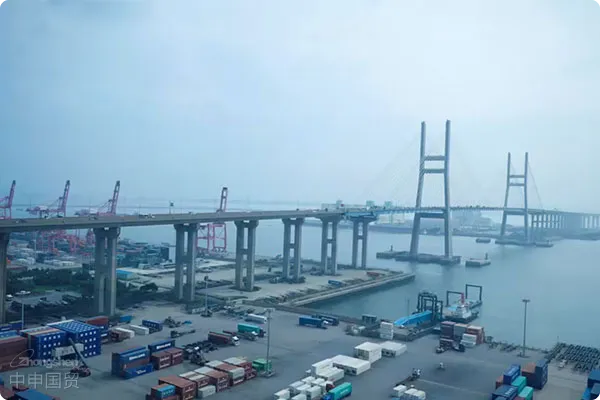- Shanghai Zhongshen International Trade Co., Ltd. - Two decades of trade agency expertise.
- Service Hotline: 139 1787 2118

Compliance password for imported equipment invoices
Since the General Administration of Customs launched the pilot program for standardized invoice information in 2025, the error rate in import declarations for equipment goods has increased by 12.7% year-on-year. Professional customs data shows that over 60% of declaration anomalies stem from missing invoice elements or non-standard descriptions. This article will provide an in-depth analysis of the key practical aspects of handling import equipment invoices.
Key elements are indispensable.
The compliant invoice for imported equipment must include the following elements:
- Product Technical Parameters
- The power specification must indicate the unit of measurement (kW/hp).
- The control system version number is accurate to the V2.3.1 format.
- Terms of Transaction Integrity
- The FOB price must indicate the port of shipment code.
- The insurance terms included in the CIF price must specify the coverage.
- Special Identification Specifications
- Used equipment must be labeled with the years of usage.
- Software modules must be individually labeled with their authorization period.
Interpretation of the 2025 New Filing Regulations
According to the latest "Customsimport and exportThe "Goods Declaration Management Measures" introduce three major changes in the declaration of equipment-type goods:
- HS Code Correlation Verification
The product description on the invoice must include regulatory keywords corresponding to the HS code, such as "CNC system model" for "CNC machine tools."
- Currency conversion requirements
For non-USD settlement transactions, a copy of the central bank's exchange rate certificate on the signing date must be attached, with a permissible deviation not exceeding 0.5%.
- Association of Technical Documents
Involves3CThe certified equipment shall be marked with the certificate number and the corresponding testing standard version.
Case Studies of Typical Errors
A company encountered rejection of its declaration when importing precision machine tools from Germany, with the root cause being:
- The invoice does not indicate the workbench dimensions of the equipment (1520×620mm).
- The control system software authorization document was not submitted together with the invoice.
- In the transportation terms, the terminal handling charges are included in the dutiable value.
The professional agency completed the re-declaration within 48 hours by supplementing technical annexes and splitting cost items, saving approximately 23,000 yuan in demurrage fees.
Key Points for Selecting Proxy Services
- Database comparison capability
Must have a real-time query system for customs commodity classification database.
- Technical document processing experience
It can quickly identify the validity of standard documents such as IEC and ISO.
- Emergency response mechanism
Establish a rapid response channel for customs inquiries (2-hour feedback mechanism).
Practical Suggestions for Risk Prevention and Control
It is recommended that enterprises establish a three-level review system for invoices of imported equipment:
- Supplier side: Requires the issuance of a proforma invoice according to the customs template.
- Logistics end: Verify the consistency between the physical items and the technical parameters on the invoice.
- Customs clearance end: Implement a dual-review mechanism for HS codes.
An automationEquipment ImportsAfter the adoption of this system by the company, the approval rate for declarations increased from 78% to 96%, while annual customs clearance costs decreased by 15%.
Future Trend Response Strategies
With the deepening implementation of RCEP rules of origin, it is recommended to focus on:
- The representation method of regional value content declaration in invoices
- Compliance Review of Invoice Formats for Equipment Manufacturers in ASEAN Countries
- Testing the Integration of Electronic Invoices with the Blockchain Customs Clearance System
Related Recommendations
Contact Form
? 2025. All Rights Reserved. Shanghai ICP No. 2023007705-2  PSB Record: Shanghai No.31011502009912
PSB Record: Shanghai No.31011502009912










